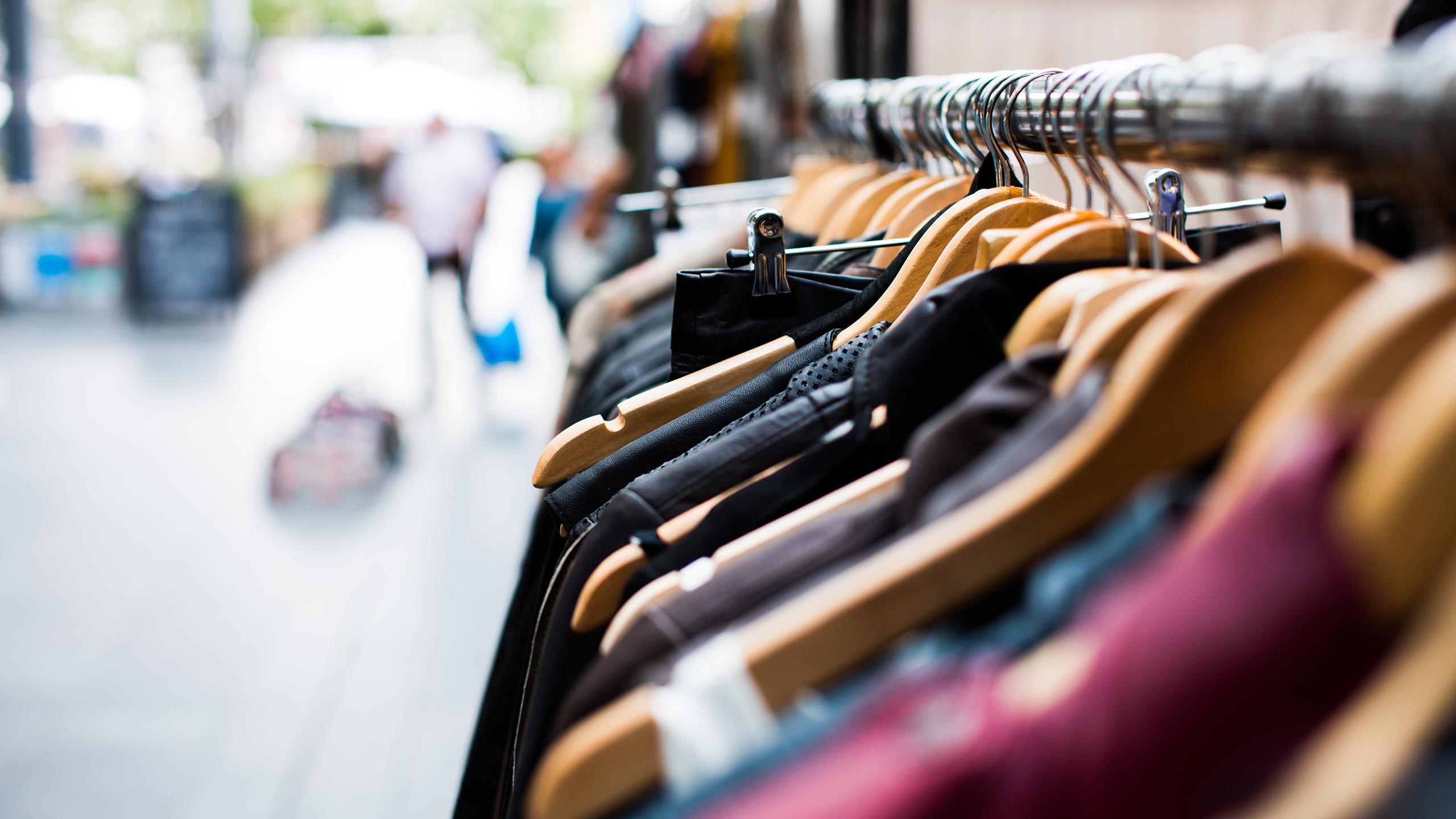Data // Experience Design // Future Digital Opportunities // Digital Business Development // Digital Experience // Design Services
Contact Us → Contact Us →The COVID-19 pandemic has accelerated the need for personal, human connection and communications. Sustainability and digitalization were already trending before the pandemic, but online shopping took a major leap forward when people were forced to stay at home.
As the digital channels gained more importance, these personal connections have taken on a new level of importance. Digital customer experience must be emphatic, and brands need to scale empathy with increasingly personalized communication.
Change is coming – personalization, reasons to visit stores, and the role of store personnel in focus
Based on our research and a little empathy exercise we conducted, we foresee that big changes are on their way.
One is that shopping will shift more and more towards online channels, and the share of online shopping is predicted to be 22% of total retail share by 2024. Also, customers want to have their experiences personalized with the help of data, and they will need valid reasons to go to the physical store – suggesting that the role of store personnel will also have to change in the future.
The main takeaway implies that retailers that will embrace the upcoming transformation, will have positive and tangible results. Hence comes the rise of a new, hybrid way of interacting with retail stores, i. e. the Phygital Experience.
The rise of the Phygital Experience
Our insights outline that different factors are challenging the traditional role of physical stores. At the same time, trends such as personalized customer experience and data enablement are becoming a must-have in all customer interactions.
There is thus a call for strategic decisions on the role and transformation of physical retail.
Phygital experiences, driven by a more holistic utilization of customer data, could mean in-store personalized experiences that are designed to engage, entertain and relate, yet with a unique element of personalization to create empathy and to surprise and delight.
A Phygital experience could thus be a physical retail space where a company’s digital ecosystem converges to create a customer-centric digital experience platform. Instead of salespeople, there would be content curators to guide customers and interpret services. Instead of marketing for the masses, there would be personalized content in the store. In the next section, we will dig deeper into the three key enablers needed for this new kind of experience to happen.
The key enablers for Phygital experiences
360° data utilization on personalization
A 360° view of the customer, obtained by combining all their relevant information, is something customers expect when dealing with different touch points. Serving this need can open up significant business opportunities at Point of Sale (POS) situations, including tailored offers and recommendations and more convenient prices for the customer. Customers can also value a possibility to get direct and better support.
Rethinking of physical store
Streaming services are best known for personalization and recommendation, but what if content could be curated for an individual upon entering a store? A&F, Gucci, Nike, and Tesla have all created successful, product-focused retail experiences. Through facial recognition and intelligent use of data, a customer’s digital footprint can be used to stream personalized content the moment they walk in. Tailor-made packages can be deployed 'on-the-fly' to encourage purchase as the journey progresses and create a “must visit” experience for contemporary customers.
New role of store personnel
To support the total transformation of retail customer experience, a drastic change should also happen to the role of store personnel. In our vision, it should shift from transaction support towards a human-driven expert who can form instant insights from data and guide customers in a personalized manner. This will lead to a change in recruitment requirements and in salary points, since the increase use of AI and automation will free personnel from tedious tasks, allowing them to more meaningfully focus on and serve clients. Modern technology will also save costs and balance the possibilities for profitable business in retail.
How to start moving towards Phygital
As a first concrete example on how to realize the Phygital experience, let’s consider the collection of data related to users’ habits and past history with a specific brand and other brands, which can enable the creation of digital twins, i.e. virtual profiles representing the users and their behavior. Digital twins can give customers advice on certain offers and if they are suitable for them, and at the same time see how digital twins from different user groups have reacted to such offers.
On a different perspective, data from interactions in retail and online stores can be combined to create cyber-physical insights. For example, heatmaps combining physical and digital interactions can highlight key points of interest and unveil places of attraction or attrition, to be used to deliver targeted bundle offers and flash deals.
Finally, the use of emerging technology can enable the identification of customers entering the store and/or approaching the POS desk. This recognition can offer customers a frictionless shopping experience by enabling personalized services and touch-free interactions. However, careful considerations must be given to implement such technology in the most human-centered and ethical way.
All in all, the future of retail has a lot of potential if brands take full advantage of the data they collect and focus on personalization and really knowing their customers. If you need help with any of this, please give us a call or send a note, and let’s create the next phase of retail together!
Written by: Sanna Vainionpää, Andrea Vianello, Leena Viitanen
References
In defining our vision for the Phygital Experience, we took inspiration from the following sources:
McKinsey & Company, 2020, “Reimagining stores for retail’s next normal” - https://www.mckinsey.com/industries/retail/our-insights/reimagining-stores-for-retails-next-normal
McKinsey & Company, 2020, “How retailers are preparing for the post-coronavirus recovery” - https://www.mckinsey.com/industries/retail/our-insights/how-retailers-are-preparing-for-the-post-coronavirus-recovery
McKinsey & Company, 2019, “A transformation in store” - https://www.mckinsey.com/business-functions/operations/our-insights/a-transformation-in-store
Accenture, 2020. “Fjord Trends 2020” – https://www.accenture.com/us-en/insights/digital/fjord-trends-2020
Shopify, 2021. “Global Ecommerce Explained: Stats and Trends to Watch in 2021” – https://www.shopify.com/enterprise/global-ecommerce-statistics
Ehsan, U., Liao, Q. V., Muller, M., Riedl, M. O., & Weisz, J. D. (2021). Expanding explainability: Towards social transparency in AI systems. In Proceedings of the 2021 CHI Conference on Human Factors in Computing Systems (pp. 1–19). https://doi.org/10.1145/3411764.3445188

